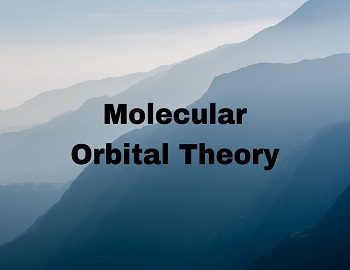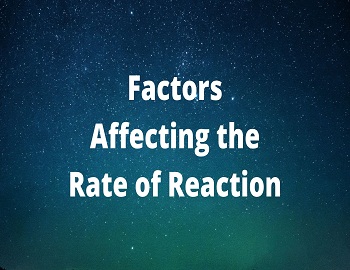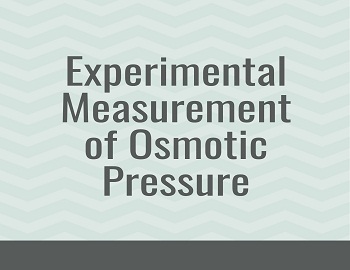Molecular Orbital Theory:
After the failure of the valence bond approach to explaining the Para-magnetism in O2 molecule and also to explain the formation of odd electron species like H2+, another theory was proposed known as Molecular orbital theory. R.S.Muliken and F.Hund proposed this theory in 1932. The basic idea of this theory is that atomic orbitals of individual atoms combine to form the molecular orbitals. This is also known as the united atom approach.
The main features of this theory are as under-
- This theory regards the molecule as a single unit in which all the electrons are shared by the molecule as a whole and thus considers the molecule to be different from combining atoms.
- Atomic orbitals of comparable energies combine to form molecular orbitals, which accommodate the electrons of a molecule.
- The atomic orbitals of the bonding atoms lose their individual identity while combining to form molecular orbitals.
- The molecular orbital, formed surrounds all the concerned nuclei in a molecule, i.e., molecular orbitals are polycentric in nature and hence electrons in a molecular orbital are influenced by all such nuclei.
- The number of the molecular orbitals formed from atomic orbitals is equal in number to combining atomic orbitals. Half of them are called bonding molecular orbitals (BMO) and half of them are anti-bonding molecular orbitals (ABMO). The energy of BMO is less than combining atomic orbitals whereas the energy of AMBO is higher than combining atomic orbital.
- The molecular orbital is designated by Greek letters as: σ, π, 𝛿, ϕ,…….etc.
- The molecular orbitals are filled in order of their increasing energy in accordance with Pauli’s principal, Afubau’s rule and Hund’s rule.
- Half the difference between the number of electrons in BMO and ABMO gives the bond order in a molecule, i.e., Bond order = 1/2 (NBMO – NABMO), where NBMO = Number of electrons in BMO and NABMO = Number of electrons in ABMO.
In this way, the molecular orbital approach is more rational and is simple to explain the bonding in molecules.









Comments (No)